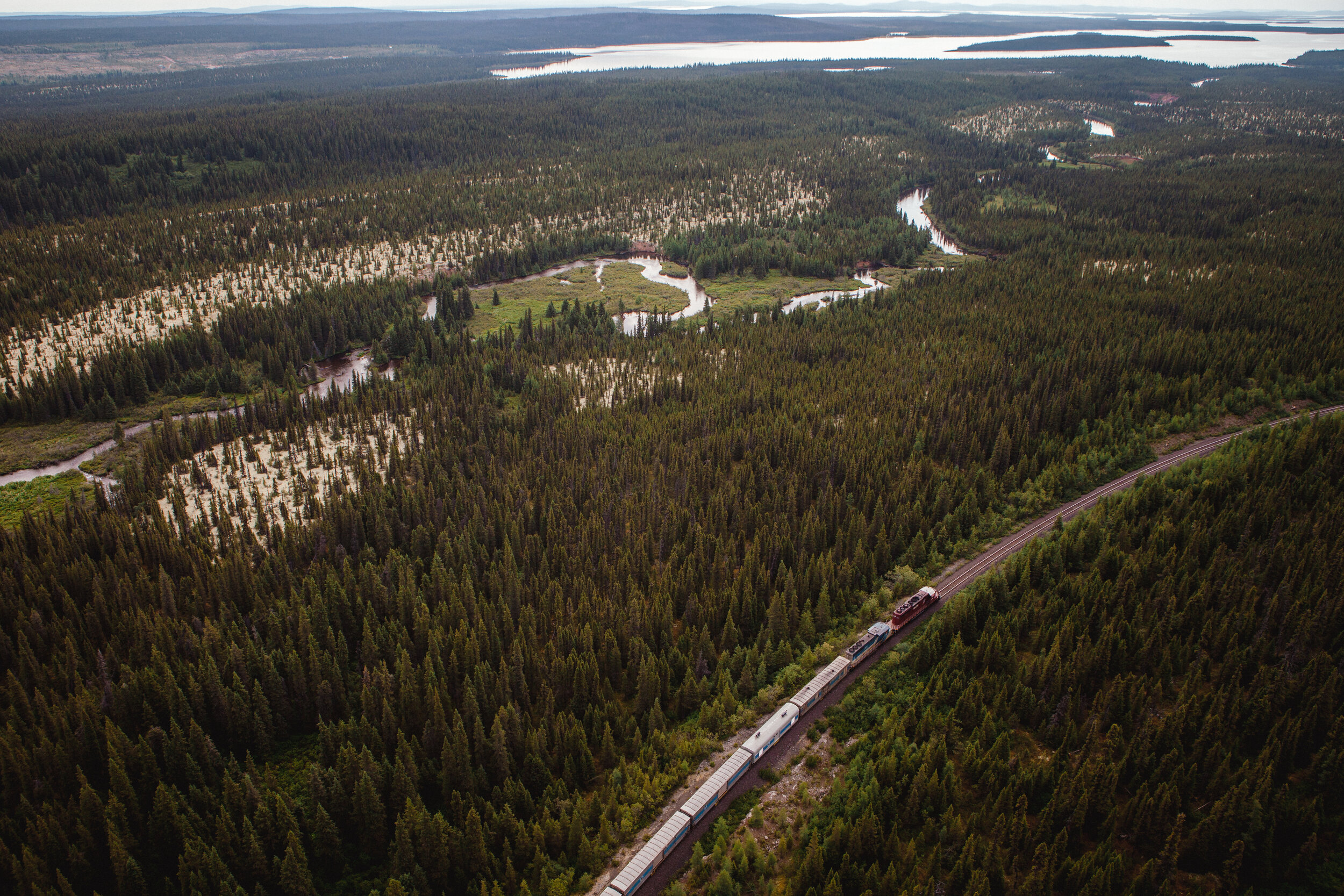Built to facilitate the iron ore mining industry, the railway running between Sept-Îles and Schefferville, Quebec, faced an uncertain future when the mines closed in the early 1980s. No longer in need of much of its infrastructure in Schefferville, the Iron Ore Company of Canada dismantled much of what it had built when it left the community. Equally useless to the IOC was the northern portion of the railway it had built - a railway that had become a lifeline for an otherwise fly-in community. In 2005, the Innu and Naskapi nations on either end of the railway took over management of its northern portion. Now called Tshiuetin (which translates from Innu to English as “wind of the north”), this once IOC-controlled railway is now employed by 85% First Nations staff. This means of transportation created by industry now serves the people it once exploited, and for many serves as a symbol of resilience and self-determinism.
PUBLICATION:
The New York Times - Commuting, and Confronting History, on a Remote Canadian Railway
BESIDE Magazine - Reclaiming the Rails
Walrus Magazine - Scenes from Canada’s First Indigenous-Owned Railway
This project was made possible by the support of the Ontario Arts Council






















